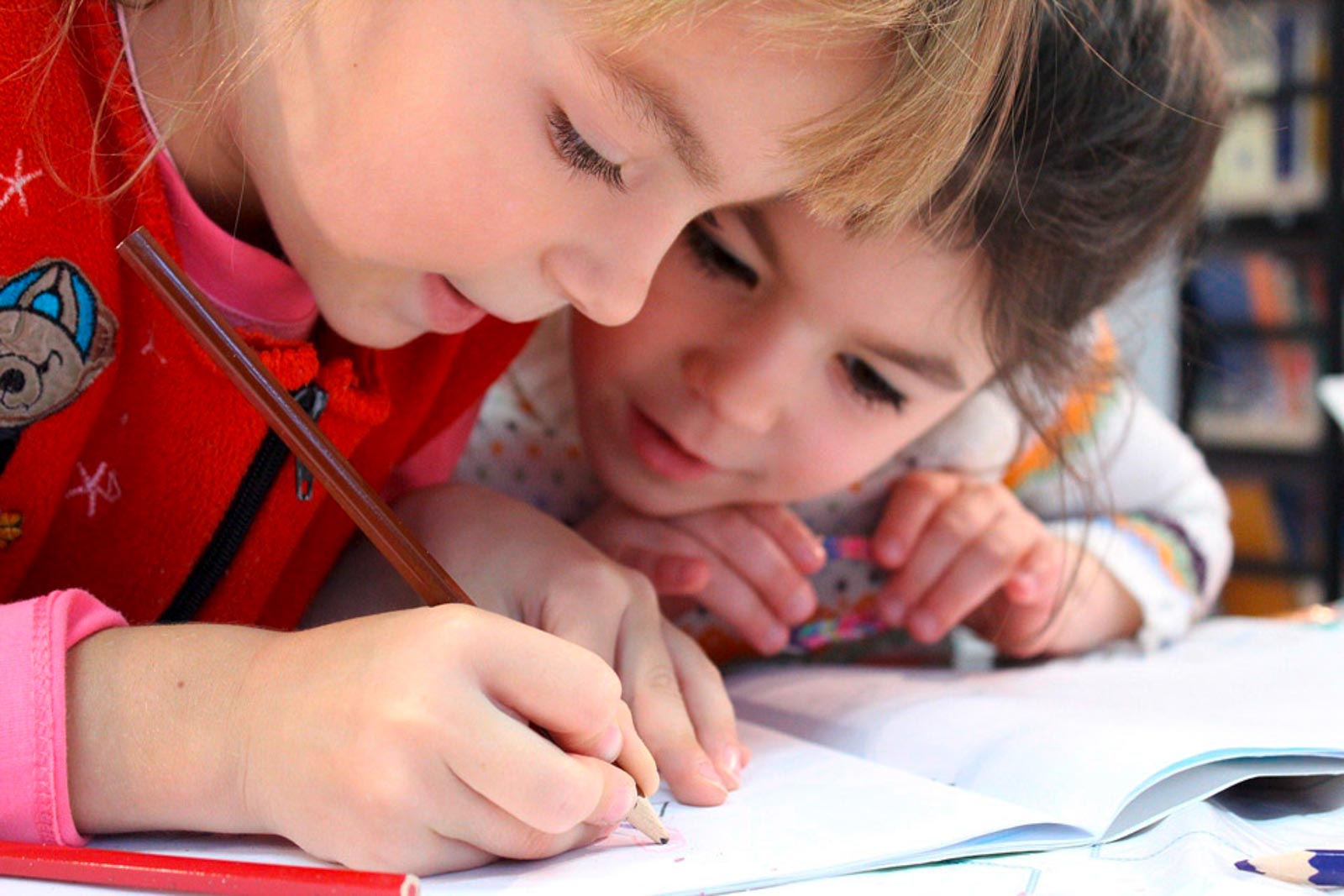When the Wall fell, popular culture rose to a new level of social relevance. Wind of Change? More like a tsunami! The Nineties washed over the increasingly globalized media landscape in a tidal wave of catchy tunes, cult movies, TV series and show stars. FACES rolls up the decade – and publishes an encyclopaedia on the age of grunge, girl groups, GZSZ and – Disney.
Dream job? Heir to the throne! Before Nineties girls declare Wendy, the Spice Girls or Cindy Crawford to be the ideal image, a future as a princess is at the top of the list of infantile illusions. Thank you, Disney!
It’s respectable how the animation titan manages the feat of still going one better in terms of kitsch quotient by the middle of the decade. “Beauty & The Beast” (1991) already set the bar astronomically high, and “Aladdin” (1992), “Lion King” (1994) and “Pocahontas” (1995) then went on a veritable upward spiral. And at every children’s carnival, mini-Belles, Jasmins, Nalas and Indian girls chase after potential princes, who of course represent the real temptation of life as a princess.
The more emancipation penetrates pop culture, the more the role model of women changes, moving away from the submissive housekeeper to the self-determined doer. Also on the big screen. It is perhaps symbolic that Disney sends a martial arts-tested fighter into the limelight with “Mulan” (1998). But in a fit of nostalgia, the jungle romance “Tarzan” was launched a year before the turn of the millennium. With a Jane spoken by Minnie Driver.









